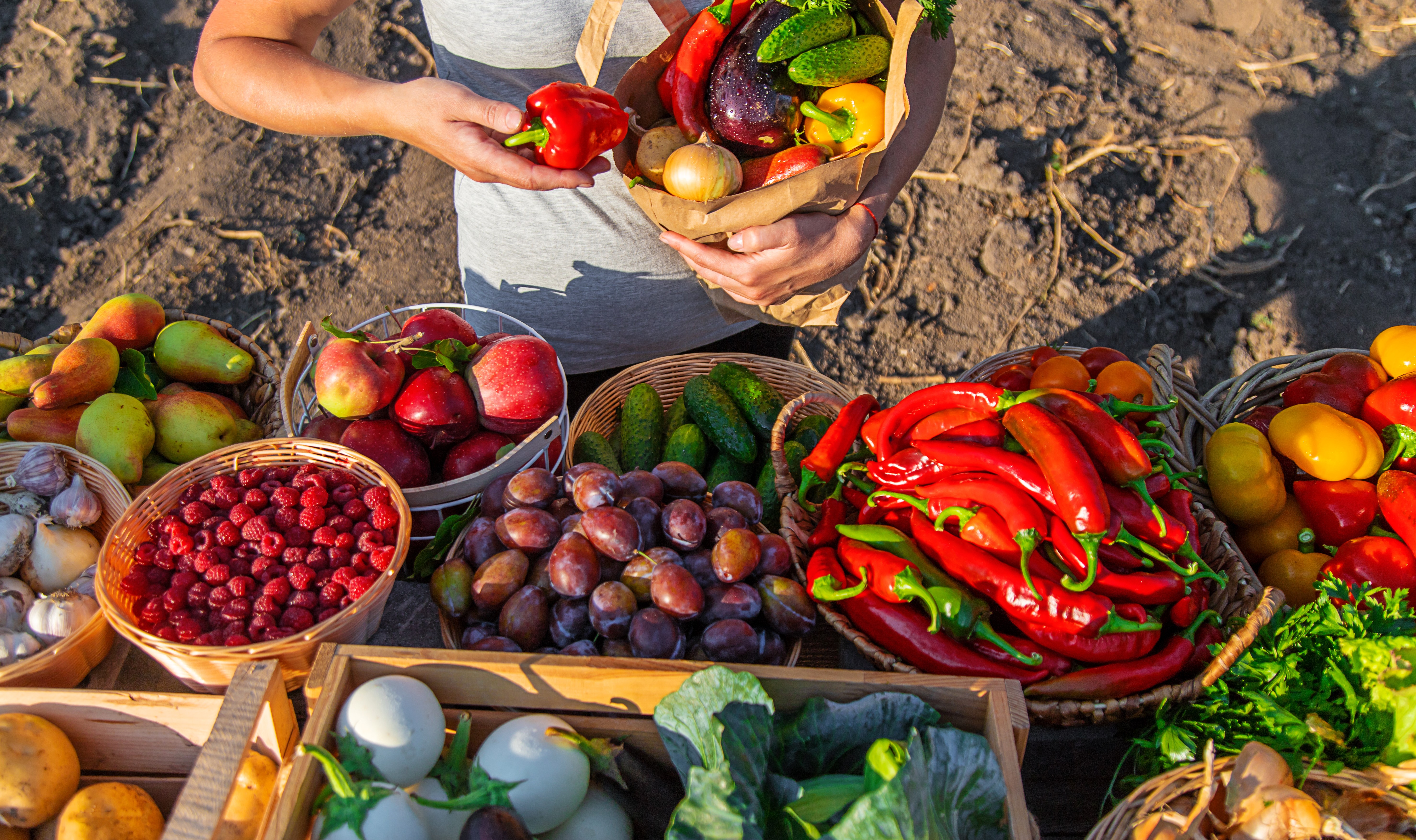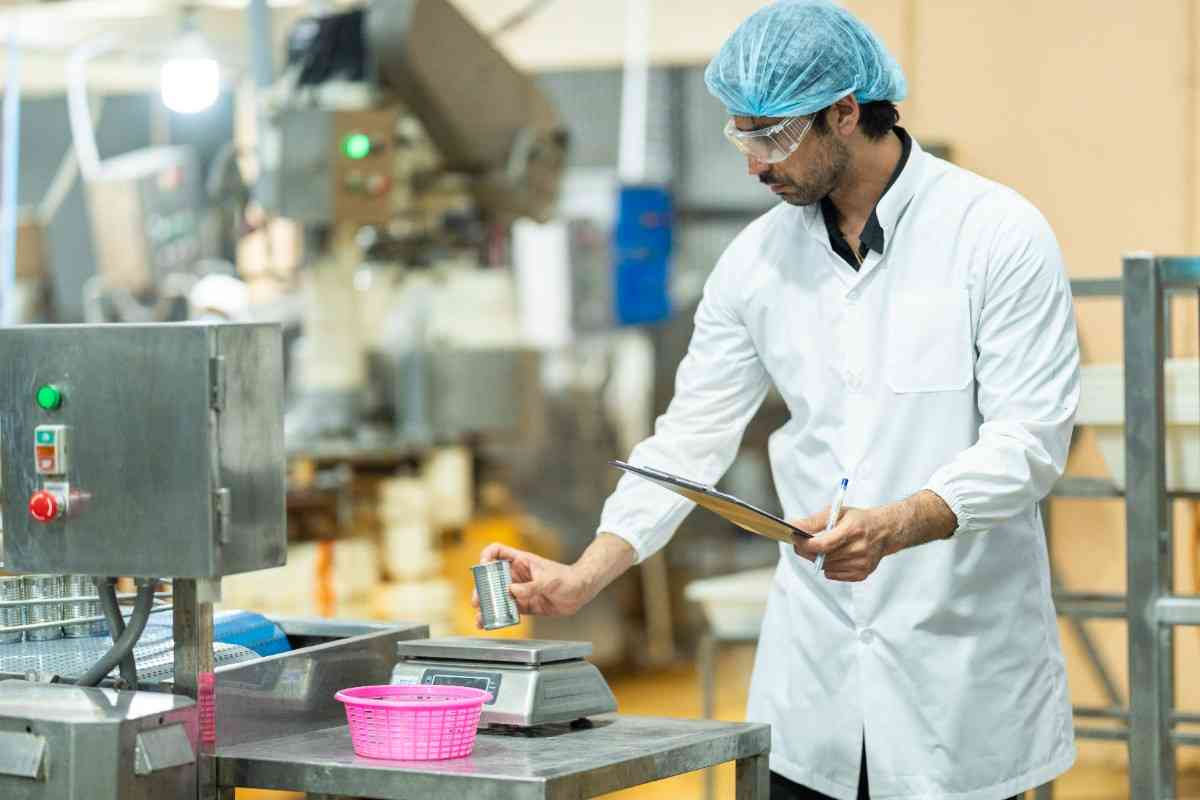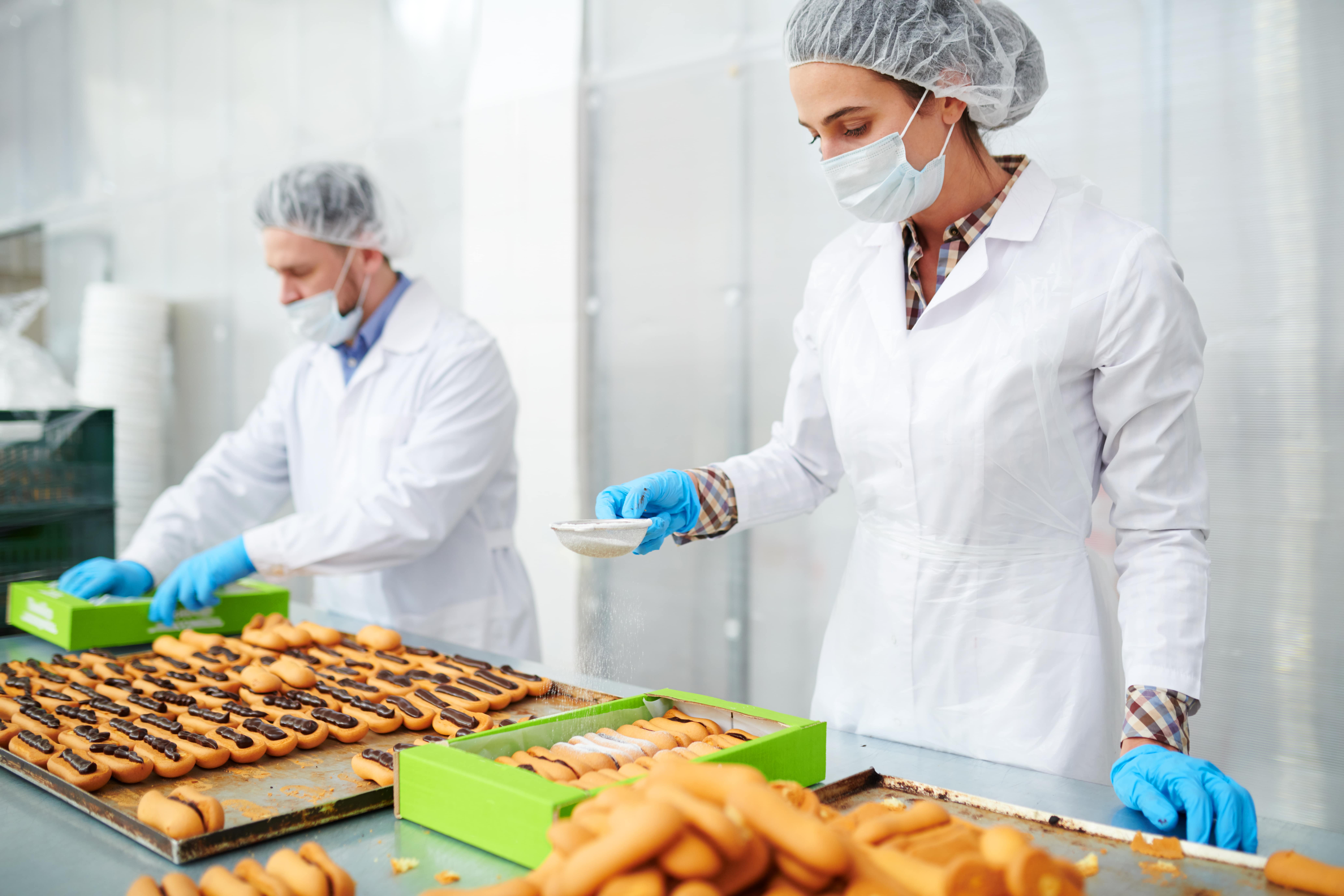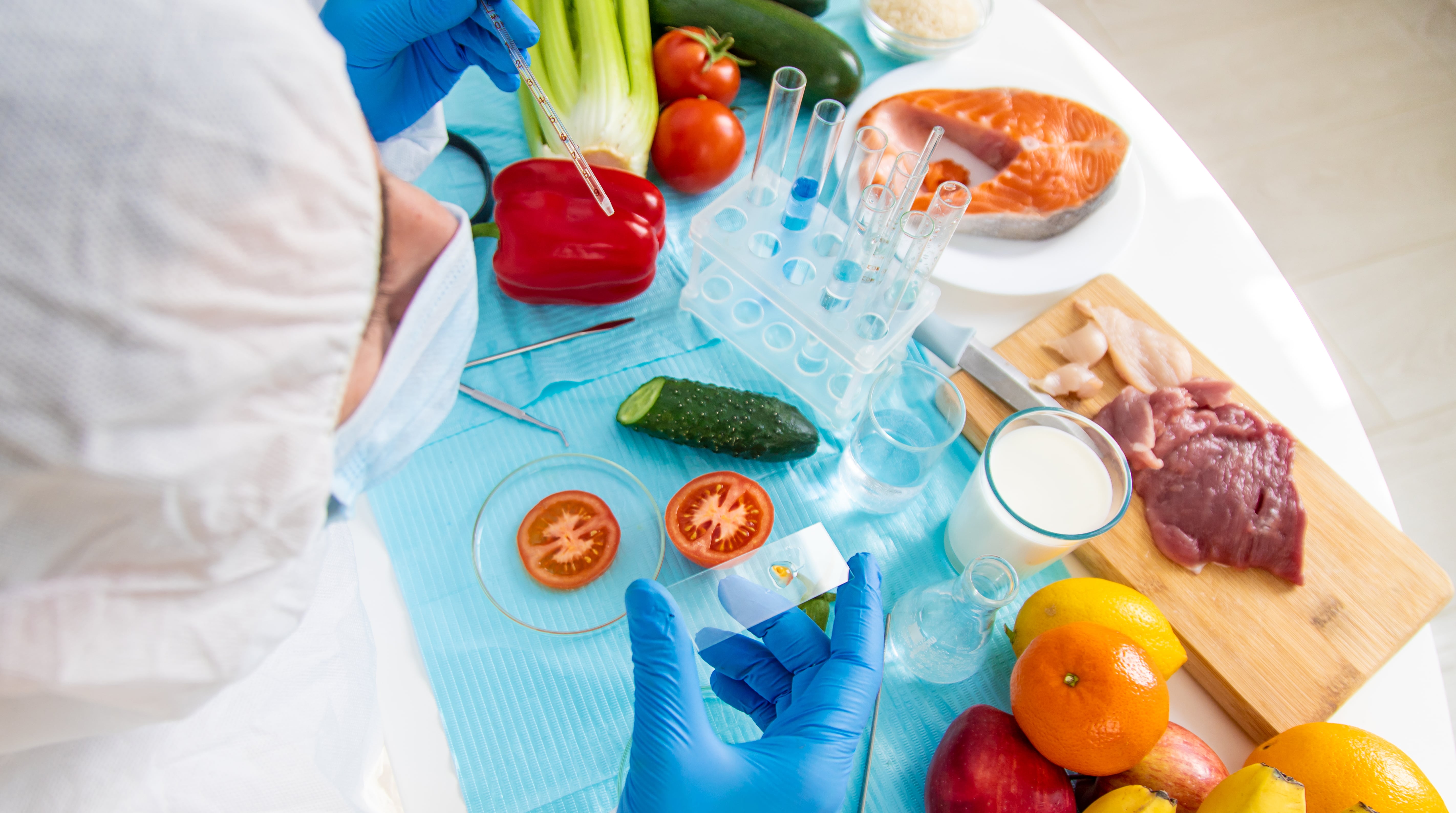Last Updated on November 21, 2025 by Admin
The transportation of food includes five stages, which are harvesting, storage, preparing, freezing, and transporting. Throughout this supply chain, maintaining and practising hygiene in the food industry safeguards food safety, helps avoid contamination, and facilitates better health. Safe food storage and safe food transportation are crucial elements towards the quality of food and the prevention of illness that can be associated with the food.
The Importance of Food Safety Management
Effective management of food safety is critical as it assists in the avoidance or restriction of microbial contamination, spoilage, or foodborne diseases. When adequate safety measures are taken within the food supply chain, these foods will be of high quality and uncontaminated.
Food safety is not only the domain of producers, there are also various other players like handlers, retailers, and consumers. Every player in the food industry is expected to conduct activities that help maintain proper hygiene such as appropriate food storage and transportation.
Key Risks in Food Storage and Transportation
- Microbial Contamination: If steps are not taken to ensure hygiene is maintained at the place of storage, then food is likely to be contaminated. Bacteria, fungi and viruses are the major risks.
- Temperature Fluctuations: Perishable foods need very specific stored temperatures, otherwise their quality is compromised.
- Cross-Contamination: Mixing raw ingredients with cooked food items can lead to cross-contamination.
- Poor Packaging: Packaging that is damaged or not properly done makes food vulnerable to vermin, humidity, and oxygen which hastens its decline.
- Delayed Transportation: Storing food items for an excessive period while on the move and not keeping them refrigerated reduces the quality of food.
Food Hygiene Practices in the Food Industry
All food businesses need to have a set of food hygiene practices in place to mitigate food storage and transportation risks. These measures underscore the storage and transportation of food.
1. Temperature Control in Food Storage
Various food products need to be stored in different environments. Keeping frozen foods ensures the highest quality is achieved when the foods are stored at -18 degrees Celsius or below. This also prevents bacterial growth. Seafood, dairy, and even meat need to be kept at a temperature range of 0 to 5 degrees Celsius. Grains, packaged foods, and flours should be made to a dry cool place that is not exposed to the sun.
Food storage systems today have become more advanced with the installation of temperature monitoring circuits with alarms that go off when temperatures are exceeded.
2. Proper Food Handling and Cleaning Protocols
Consistent glove utilization and frequent handwashing as a personal hygiene guideline are advised for workers in charge of food transport and food storage. Preparation areas, vehicles used for transportation, and storage structures should always be disinfected and cleaned.
To reduce food waste, products should have an expiry date label and follow a FIFO (First In, First Out) rotation.
3. Safe Food Packaging Methods
- Vacuum Sealing: Eliminates air from the packaging to slow down degradation from oxidation over time.
- MAP (Modified atmosphere packaging): Alters the gas mixture within a certain food package to decrease spoilage.
- Tamper-Proof Packaging: Keeps the food uncontaminated while in storage and during transport of goods.
4. Pest Control in Storage Facilities
Rodents, bugs, and birds can endanger the safety of the food. Warehouses and storage facilities must enforce:
- Routine monitoring and control of pests.
- Use of airtight containers for food storage.
- Control measures on waste disposal to minimize the risk of pest infestation.
Ensuring Safe Food Transportation
Safety in food transport comes into play once the food items leave the storage facility. Having a planned transportation system ensures that the food is delivered to the consumers in good condition.
1. Perishable goods transported using Refrigerated transport vehicles
The cold chain helps protect food items which require a certain degree of temperature to be maintained. Commonly refrigerated transport includes:
- Refrigerated Trucks: Trucks that have compartments with set temperatures.
- Insulated Packaging: During short transits of fresh food, this packaging keeps the food fresh.
- Real-Time Temperature Monitoring: Sensors that notify handlers in case the temperature changes.
2. Preventing Cross-Contamination During Transit
To ensure the preservation of hygiene during transport, ensure that:
- Food preparation items such as raw ingredients and already cooked dishes are not placed in the same containers or compartments.
- Containers are sealed in a manner that protects against foreign materials and dampness.
- The vehicles utilized for transportation are frequently cleaned and sanitized.
3. Reducing Transit Time to Maintain Freshness
Transport delays can result in the degradation of the food’s fresh nature, especially with fresh vegetables, fruits, and dairy products. In order to reliably make transport deadlines, it’s crucial to:
- Optimize routes utilizing GPS for effective movement of goods and reduce delays.
- Decrease the time goods are kept in storage by applying just-in-time delivery methods.
- Allow for rapid unloading of products and immediate temperature-controlled refrigeration after the goods have arrived.
4. Compliance with Food Safety Regulations
The storage and transportation of food serves by FSSAI (Food Safety and Standards Authority of India) is strictly governed by the FDA (Food and Drug Administration) and other government bodies. Outlined within these bodies exist food business guidelines:
- Comply with HACCP procedures.
- Good Manufacturing Practices (GMP) and Good Storage Practices (GSP).
- Practices to control the temperature and guarantee no contamination to the food during transport.
Technological Innovations in Food Safety Management
Some additional crucial advancements are noted with IoT-enabled cold chains, where the temperature and atmosphere are monitored via sensors for optimal food safety control and management during storage and transport.
- Food Chain Traceability: Uses blockchain technology to ascertain that there is no fraud in the food value chain by checking all the steps from farm to table.
- Smart Storage Solutions: With AI, the possibility of human error associated with inventory tracking is eliminated.
- Aerial Drone Meals: Drones are beneficial in rural regions since they reduce delays in delivery times.
Best Practices for Consumers to Ensure Safe Food Storage
While food companies are important, consumers also need to do the following for safe food storage at home:
- Store Refrigerators at Set Temperatures: Above 5 Degrees Celsius for fresher items and above minus 18 Degrees Celsius for frozen goods.
- Conditions for Storage of Dry Food: Use airtight containers that are dry and free from any pests.
- Do not thaw and refreeze repeatedly: This practice helps in cushioning the quality of food as well as controlling bacterial growth.
- Dates on Packs: Expired food products must be discarded, and useable food substances should be consumed within a set period.
- Requirements for food reheating: Food should reach a temperature of 75 Degrees Celsius to ensure that disease-causing germs are eliminated.
Also read: Food Safety and Different Types of Food Contaminations
Conclusion
When it comes to safe food storage and safe food transport, all the stakeholders involved, from the producers, distributors and end users, have a role to play. Stringent policies in food hygiene in the food industry, in conjunction with modern systems technologies, can mitigate contamination, prolong food storage, and foster public health.
With continued focus on food security, enhanced management of food safety standards will increase the protection of consumers while modifying the functionality and sustainability of the international food economy.
Check out our FoSTaC – Advance Retail and Distribution course today!













